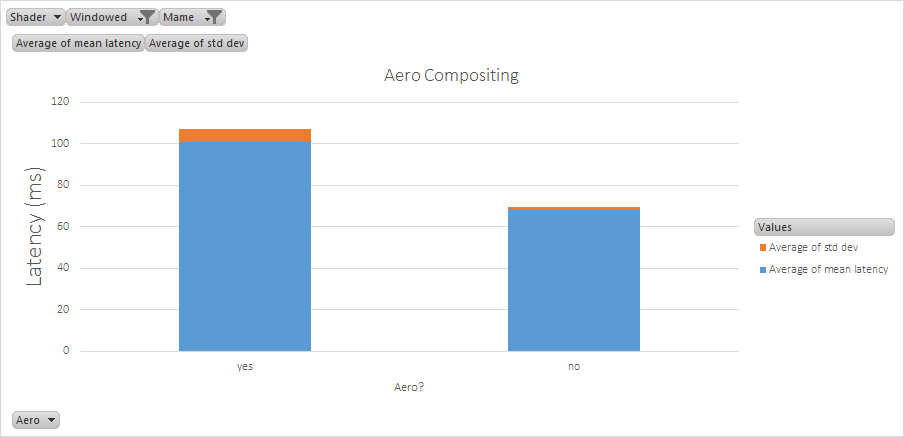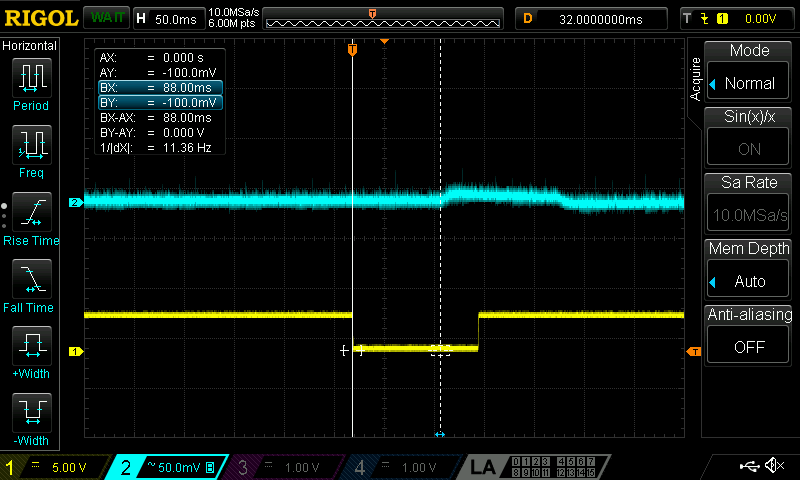

- #Snes emulators input lag software
- #Snes emulators input lag code
- #Snes emulators input lag Pc
- #Snes emulators input lag Bluetooth
- #Snes emulators input lag tv
The real culprit is as people have said: our reflexes are not how they were when we were kids! I used to be able to get through punch out like it was nothing when I was 8, now I cannot get past the Sandman, even using an NES emulator on my PSP, I can't dodge the Sandmans uppercut super combo he does.īut on the other hand, now I'm able to beat Contra on 2 lives without the 30 lives code on Nestopia. Guys, lag I doubt has anything to do with getting your ass beat by Tyson. I wonder if the other guys are using LCD ? Iirc I heard they are prone to lag in general with emulators. That's what I'm using for a monitor as well. I play on my 65'' Panasonic Plasma in fullscreen w/ vsync on too. I switched over to Nestopia the other night and haven't noticed any input lag. It’s possible that run-ahead is only viable with older games that are easy to run now, but I wonder if Netflix-like game streaming services could figure out a way to do this next to reduce latency in their services.įor now, however, I’m just gonna use this to enjoy some old games and see if I can finally beat Mike Tyson.I was using BSNES for NES, but the version that I had that was compatible with hyperspin launch to fullscreen (0.87 and 0.88) had a bug where the 2nd controller would not work - even when you configured it in the settings. That streaming introduces latency that run-ahead could counteract.
#Snes emulators input lag Pc
I think this tech is also awesome because I sometimes stream my retro games from my PC to a Steam Link in another room. I went from getting caught by most haymakers from the enemy boxers to reliably dodging most attacks once I understood the patterns and tells. But forcing RetroArch to run two frames ahead changed the game for me.
#Snes emulators input lag tv
Mike Tyson’s Punch-Out for the NES is notorious for how tough it is when you add any input lag, that makes it tough to play even on a modern LCD TV - let alone an emulator. I tested this to see if it was noticeable, and it absolutely is. The result is that you Mario’s jump now only takes one frame.įor a game that runs at 60 frames per second like Super Mario Bros., run-ahead can cut out 17ms of input lag that was baked into the original game. It then loads that future state on top of what you are seeing. Graphics are perfect, music has no glitches, but unfortunately. I have a problem: I have tried to play the SNES game 'Ganbare Goemon Kirakira Douchuu - Boku ga Dancer ni Natta Riyuu' (English translated).

So when you hit A to jump in RetroArch, the game instantly processes that info, runs the game in the background 1 or 2 frames ahead, and then saves the state. Hi guys, first of all thanks for the super useful tools I have been finding in the forum. With run-ahead turned on, the game is constantly running ahead 1 or 2 (or up to 6) frames for every rendered frame.


For Mario jumping, that takes about two frames. on an actual Nintendo Entertainment System, they game processes that info and then displays the result at the next possible frame. If you hit the A button to jump in Super Mario Bros. It is called “run-ahead,” and I’ll try to explain how it works. The new option is in Latency menu in the RetroArch interface. That’s why so many people just want to use the original hardware and games on legacy CRTs, or why something like the Super NT device that uses special chips to replicate Super Nintendo hardware is so attractive.īut RetroArch might reduce latency better than anything else. Developers also built their games specifically for a set system, and trying to get an emulator to duplicate hardware precisely can often mean more latency. Input lag was not a problem in the 1980s because controllers were wired and you connected your Nintendo Entertainment System to a CRT television (which can refresh thousands of times every second and doesn’t have an image processor as opposed to 60hz LCDs). But RetroArch is notable because its newest feature goes even further and reduces input lag to a point that is “better than reality” - and it works.
#Snes emulators input lag Bluetooth
This means that if you have a fast enough computer and your settings are correct, you can put a command into a USB or Bluetooth controller on your PC, and the onscreen action will react as quickly as it did on original hardware.
#Snes emulators input lag software
This has led to a breakthrough in the RetroArch emulation front-end software that almost eliminates the time between when you press a button and when something happens on the screen.Ī lot of emulators have found ways to eliminate most lag. Other emulation engineers, meanwhile, are focused on eliminating latency and input lag. This has freed up some community developers to focus on ensuring software emulation accurately re-creates the hardware experience. Learn more about the event.Įmulating retro games and consoles on a computer is a well-established concept, with tools for playing almost anything you could want. Join gaming leaders, alongside GamesBeat and Facebook Gaming, for their 2nd Annual GamesBeat & Facebook Gaming Summit | GamesBeat: Into the Metaverse 2 this upcoming January 25-27, 2022.


 0 kommentar(er)
0 kommentar(er)
